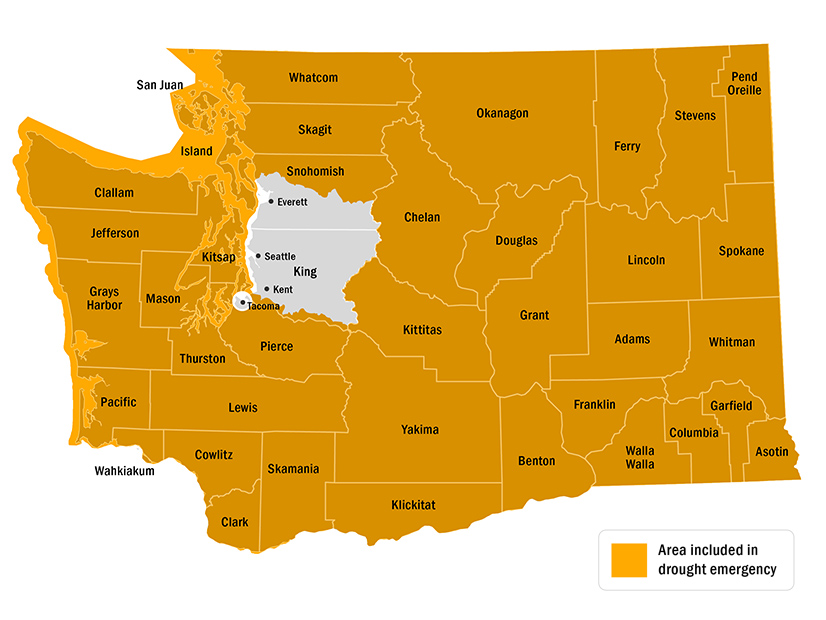
Attendance was light last Thursday at a hearing on a bill to allocate funds to deal with probable upcoming droughts in Washington, but participants were unanimous in supporting the measure.
The state Senate’s Agriculture, Water, Natural Resources and Parks Committee held the hearing on the bipartisan Senate Bill 5746, introduced by Sen. Judy Warnick (R).
If passed, Warnick’s bill would allocate $2 million every two years to a new drought preparedness fund. Also, if Washington’s governor declares a drought emergency, another $3 million would be automatically transferred from the state general fund to a drought response fund.
This bill was prompted by Gov. Jay Inslee declaring a drought emergency in July 2021 for most of Washington. That declaration caught the legislature off guard with no money set aside for dealing with a drought emergency. Inslee’s declaration activated a special legislative drought committee, which was mostly helpless because it first met a few months after the legislative session — with accompanying appropriations— ended in May 2021. (See Drought Catches Wash. Officials Off Guard.)
“It was logistically very frustrating. … We need to be prepared next time,” Warnick said at last week’s hearing. In 2021, she was the chairwoman of the Joint Legislative Committee on Water Supply During Drought.
Last Thursday, representatives from the state Ecology and Agriculture departments testified in favor of the bill, saying a new drought is expected to be declared this year. State officials expect a drought to re-emerge in 2022 because Washington would require 150% of its regular rainfall through this spring just to recover the water lost in 2021 in the agricultural breadbasket of the Columbia River Basin.
Representatives from the Washington Farm Bureau and the Washington Association of Wheat Growers also supported the bill.
“Agriculture was especially impacted by heat and the drought,” testified Farm Bureau lobbyist Tom Davis. “We’ve had some growers with total crop loss,” testified Diana Carlen, representing potato and wheat growers’ associations.
Last year’s wheat crop was 46% of 2020’s harvest, the state’s lowest harvest since 1964. In 2021, the March-to-August temperatures were the third warmest in Washington history — 2.1 degrees Fahrenheit above average. Fifteen of Washington’s 39 counties posted their driest conditions ever. The easternmost quarter of the state underwent drought conditions that normally show up once or twice every 100 years.

